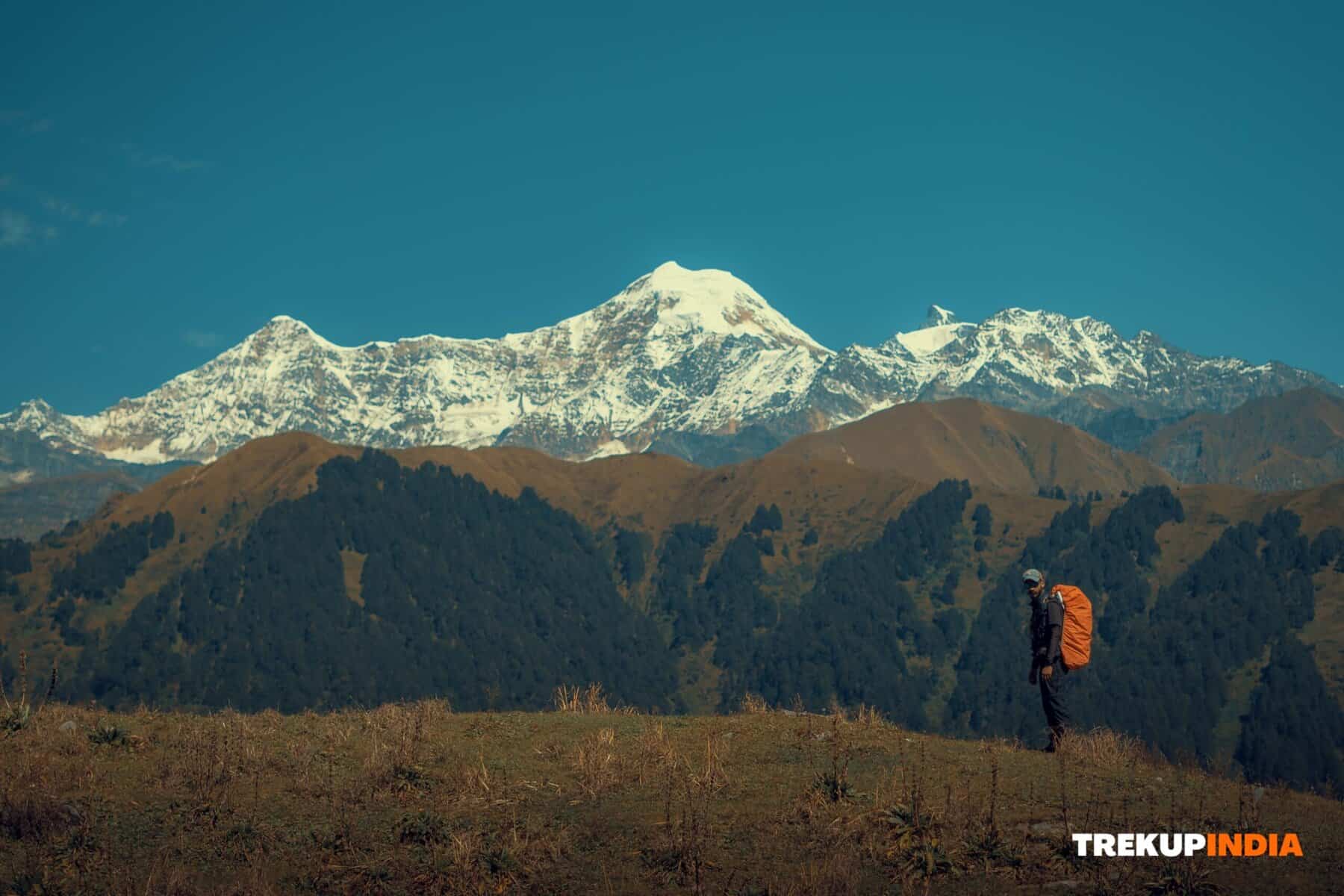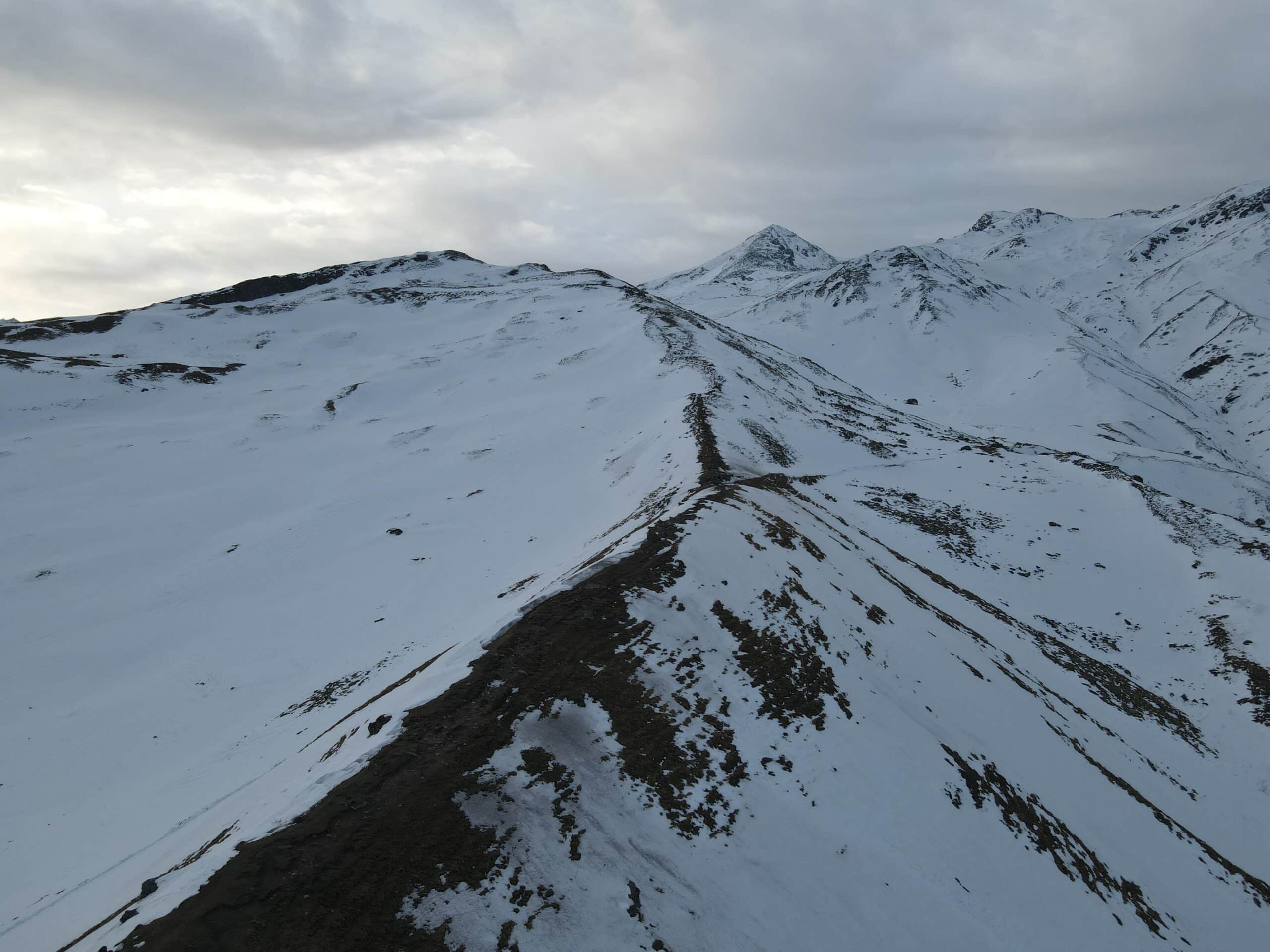Why You Should Do Marchoi Trek
Marchoi Trek is located in the Jammu & Kashmir region of India; when you hear the name Jammu & Kashmir automatically, broad, lush green valleys, dense forests, and gushing rivers come to your mind, and when you close your eyes, you can see them. On the trail, you will witness the partially frozen river and forest of pine all around, adding to the vistas.
- Naranag Temple ruins – Naranag village is an archaeological site where Lalitaditya Muktapida built an 8th-century AD temple dedicated to Shiva. The ruins of Naranag temple are the imprint of the region’s rich history.
- Snow-covered peaks of Mount Harmukh and Kotwal Peak – As you walk through the trek, you will see the majestic Harmukh Mountain with snow on the top. Harmukh mountain is considered very sacred by Hindus as it is also known by another name, ‘Kailash of Kashmir.’ You will also see the recently explored Kotwal Peak, which is beautiful.
- Trout fish in Lakes – One of the well-known villages for fishing in Kashmir is Naranag; trout fishing is now prohibited. But you can find trout in crystal clear water at the natural river or lake source.
- Shadimarg meadow – Sadimarg meadow is a paradise that seems out of a fairytale and becomes beautiful in winter. Seeing the valley transform into a winter wonderland with snow blanketing all around makes it a must-see place. The wildflowers sprouting in grassy patches in the middle of the white-carpeted meadow offer a refreshing splash of colors during this time.
- Forest – From Naranag, we will walk through the Wangath Forest Conservation Zone. The trail will pass through the pine forest with the river flowing in the opposite direction. The trail towards Dumail will pass through Walnut, Cedar, and tall Pine trees on the side, and then we will come to an area with burned forest trees and snow-covered regions.
- Snow trek in winter – While some parts of winter are difficult to reach, Marchoi Trek is possible during winter. Marchoi Trek becomes a winter wonderland during snow, and the peaks are enticing with their creamy snow layers and glaciers.
- Shepherd – The Gujjars are the nomadic shepherd tribes living here, and the trail to Marchoi Valley follows the ancient routes they took. Some Gujjars live near Naranag, brought their culture, sheep, and goats to this breathtaking location, and settled in Kashmir.
- Local Cuisine – You can enjoy a cup of tea known as ‘Kahwa,’ which is incredibly famous in this area.
for booking and more information
Share this article
Want To Trek Like Pro?
Check out the following videos if you want to trek like a pro trekker and improve your skills. These videos contain helpful tips, tricks, and techniques to help you trek like a pro. Whether you’re a beginner or an experienced trekker, these videos can provide valuable insights to enhance your trekking experience. So, watch the videos below by Trekup India experts to take your trekking skills to the next level.







Know Everything About Acute Mountain Sickness
Acute Mountain Sickness is a medical condition that can occur when individuals travel to high altitudes, typically above 8,000 feet. It is caused by the decrease in air pressure and oxygen levels in the air as altitude increases. Symptoms of Acute Mountain Sickness may include headache, nausea, vomiting, dizziness, and difficulty sleeping. To avoid Acute Mountain Sickness, it is important to gradually adjust to high altitudes and seek medical attention if symptoms worsen. To learn more about this condition, check out the videos by Trekup India.









